A Major Scam Revealed: How Non-Existent Metals Are Used to Borrow Money
Dear Readers,
For years we have heard the doom and gloom remarks from many experts; for years we have seen the market move higher.
This week, the S&P crossed 1950.
The charts of many stocks are breaking out and that means the short-term momentum could easily carry us forward beyond 2000.
If it does indeed cross this psychological threshold, a short-term bet on a triple-leveraged ETF could make us some quick and easy dollars.
By now, you have read many reasons in my past letters on why to proceed with caution as the stock market climbs. That’s because there are always underlying events that could cause the market to break at anytime.
This week, the focus is on one that could break the commodities/metals market.
For years I have talked about the manipulation of gold and other metals.
For years I have talked about how these hard assets are being used to create paper (artificial) assets with values which are exponentially compounded.
One of these is the “rehypothecation” used in commodity financing deals.
Commodity Financing Deals
In short, banks and brokers lend money to their clients using assets that have been posted as collateral. These assets can be anything from currency to hard assets such as gold or other base metals.
The banks/brokers can then take these assets and use them for their own purposes to create other financial instruments; metal-backed currency, so to speak.
This is called rehypothecation. And yes, it sounds almost like a Ponzi scheme.
Many times, these assets are “supposed” to be sitting in a vault or storage facility somewhere but because the “rehypothecation” process is often repeated many times over, no one really knows where the assets/metals/commodities are – if they exist at all.
For years I have warned about the problem with the rehypothecation of commodities and metals; that we could see a major break in this system if strong evidence were presented that many of these collateralized assets may not actually exist.
So what would happen if a nation – that’s home to the world’s largest market for two of the world’s most widely used base metals, copper and aluminum – were to tell the world that it may have a problem with collaterized lending, where the collateral doesn’t exist?
China to Investigate
Just this week, China announced that it is investigating a potential problem where copper and aluminum used as collateral to fund other deals may not actually exist.
Via Reuters:
“China’s northeastern port of Qingdao has halted shipments of aluminum and copper due to an investigation by authorities, causing concern among bankers and trade houses financing the metals, trading and warehousing sources said on Monday.
…The port of Qingdao is China’s third-largest foreign trade port and the world’s seventh-largest port, trading with 700 ports in more than 180 countries, according to its website (www.qdport.com/).
“Banks are worried about their exposure,” one warehousing source in Singapore said.
“There is a scramble for people to head down there at the minute and make sure that their metal that they think is covered by a warehouse receipt actually exists,” he said.
Metal imports have been partly driven in China as a means to raise finance, where traders can pledge metal as collateral to obtain better terms. In some cases the same shipment can be pledged to more than one bank, fuelling hot money inflows and spurring a clampdown by Chinese authorities
“It appears there is a discrepancy in metal that should be there and metal that is actually there,” said another source at a warehouse company with operations at the port.
“We hear the discrepancy is 80,000 tonnes of aluminum and 20,000 tonnes of copper, but we hear that the volumes will actually be higher. It’s either missing or it was never there – there have been triple issuing of documentation,” he said.
Beijing last year set new rules to curb currency speculation amid signs that hot money inflows helped push the Yuan to a series of record highs. The rules required banks to tighten the management of their foreign exchange lending and types of clients that are able to access those loans.
“It’s such a massive port I would think virtually everybody has exposure,” the trading source said.”
Also via Reuters:
“…The investigation is looking into whether single cargoes of metal were used multiple times to obtain financing, according to industry sources. Trading houses and banks have sent executives to the port to physically check on their exposure, while some banks have stopped new metal financing to some clients in China.
… Most metal financing deals in China are done outside exchanges, and in those deals warehouse receipts are used as proof of ownership of metal. This is agreed typically by a bank or a trading house with a warehouse.”
China is the world’s leading copper and aluminum market and news of this has already hit traders; the price of copper has taken a nose-dive downward, with its biggest weekly loss since March.
And if you go by the notion that copper is often referred to as “Dr. Copper” because of its unique ability to forecast economic trends, what does that say about the future of our world economy?
Further Downside?
While the price of copper has already dropped, the news of this could have further downside implications – much more significant than most realize at this point.
First of all, much of China’s shadow banking system relies on commodity finance deals.
According to Goldman Sachs, commodities financing related FX loans represent 35% of China’s total short-term FX loans.
But what happens when many CFD’s are no longer approved? What happens when a commodity used in the rehypothecation process needs to be verified, each and every time a loan is made?
This could lead to less credit expansion, and a tightening of the shadow banking system, which may cause many banks to run into liquidity issues.
China’s credit system is already in trouble.
Could this recent investigation at the Qingdao port be the straw that breaks China’s credit system?
A Fall in Prices
The first thought is that if there really isn’t as much copper – or aluminum – in storage to back up these commodity-financed deals, the prices of the metals should rise.
But that isn’t the case here…at least not with the base metals.
From a commodity market perspective, the use of metals as collateral for financing deals creates excess physical demand. This puts tighter pressure on the physical markets, forcing prices to rise temporarily.
I have mentioned before how institutions (such as JP Morgan and Goldman Sachs) have manipulated prices of the metals higher by soaking up the supply from the physical market and holding them in storage.
In simple terms, institutions who hold even a small amount of metals in storage can unleash some of these metals into the physical market to lower prices in the futures market, or buy and withhold them from the physical market to increase the prices in the futures market.
(Since many western banks, such as JP Morgan, have been leaving the metals storage market, we have seen the prices of base metals – such as copper – fall as these banks unwind their physical position.
Here is the price chart of copper, showing when JP Morgan and other banks came under heavy scrutiny for manipulating the price of commodities:)
As with most financially derived products, the paper market value is generally much larger than the actual value in relative terms than the physical market. As such, physical inventory is much smaller than the open interest in the futures market.
That means the impact of purchasing the physical commodity on the physical market has a much stronger effect than the impact of selling the commodity futures on the futures market.
These Chinese commodity-financing deals takes supply from the physical market and thus places upward pressure on the physical price – giving the illusion of stronger demand.
If these Chinese commodity-financing deals begin to unwind as a result of the investigations, those who have claims to the underlying commodity would likely sell their ownership in physical inventory, while those with hedges against it would by it back in the futures market.
And since the physical market has a stronger effect on prices, it would likely send the price of the underlying commodity lower.
As Reuters recently reported, those involved are beginning to question the legitimacy of their collateralized financing deals and it would appear that an unknown number of deals have already begun to unwind.
That is likely why we’re beginning to see lower commodity prices
But base metals such as copper and aluminum aren’t the only metals that are used as collateral in these deals.
As a matter of fact, there is one metal that is the most widely used in terms of value to provide funding for deals in China.
Tired of Gold?
The thought of gold is almost tiring.
We all know of the fundamentals that should push the metal higher: central bank demand; lack of gold in the vaults of the big banks; the potential that the U.S. doesn’t have all of the gold it claims it has at Fort Knox; proven price manipulation; and increasing world demand.
Yet, the metal hasn’t done much over the past few years. Every time a price breakout has been attempted, it’s been smashed right back down.
So today I am not going to talk about the merits of gold or why every one should have some in their portfolio. I simply want to keep you up-to-date on what’s happening.
In 2013, when Chinese physical buying hit an all time record and overtook India as the world’s largest gold consumer, gold tumbled nearly 30%.
It was also a year where gold-backed funding deals rose to an all-time high.
Clearly, the surge in physical gold demand in China (and all over the world, including central banks) could not have forced gold prices to tumble.
I have discussed the unloading of paper gold by Western Banks many before many times.
But what about the Chinese?
Could the Chinese have unloaded “hedged” paper gold assets in the futures (paper) market, intentionally forcing the price of paper gold down, as it – and its billionaire citizens (with strong ties to its government) – purchased physical gold at its fastest pace ever?
All signs point to YES.
If collateralized commodities deal funding slows, the price of commodities could likely fall in unison.
However, in the case of gold, the opposite could be true.
If China were to dump its physical gold, it could cover its future “hedges” by buying gold in the paper market, sending the price of gold higher.
Liquidity Crunch Round 2
Last year, China experienced a banking liquidity crisis as a rapid rise of short term lending rates following a regulatory crackdown by the People’s Bank of China (PBOC) on shadow banking requirements.
Following PBOC intervention, the loss of liquidity from shadow banks caused money market rates to soar resulting in a 7% market drop, the largest decline in nearly 4 years.
If it comes to light that the base metals are missing, or grossly inaccurate, from the port of Qingdao, the unwinding of the shadow banking system would further accelerate – once again leading to another liquidity crisis.
While the amount of metals in question is very small when compared to the whole market, it puts a major halt to the liquidity provided by commodity financing deals in China.
Via Reuters:
“International and Chinese banks have been forced to make urgent checks on the situation at Qingdao.
Standard Chartered has suspended new metal financing to some customers in China, three sources familiar with the matter said.
The bank said on Friday its commodity financing business remained a key focus area and it would continue to support its clients. “We recognise that there are currently issues in China around commodity financing which we are monitoring.”
Citigroup Inc is among banks financing copper on behalf of clients at the port, according to people familiar with the situation.
The bank said: “To the extent Citi’s clients are affected, Citi will work closely with the relevant authorities, warehousing companies and clients to resolve the matter.”
A head of trade finance at a South East Asian bank said the bank was not accepting warehouse receipts from Qingdao for the moment but would accept them from LME locations or Shanghai.
He also said that metal financing was likely to continue but in tighter collateral management agreements (CMA) signed by a bank, trading company and warehouse. This is likely to be more expensive than many of the current agreements, which are only based on warehouse receipts.”
For non-precious metals, this could lead to a further drop in price.
But for gold, the most widely used (notional value) metal used in commodity financing deals, it could lead to surge in price.
Of course, tens of thousands of tons of missing copper and aluminum doesn’t suggest that gold could be missing as well…does it?
For now, we focus on the investigation of the missing base metals.
Meanwhile, what was once conspiracy theory is now fact: gold futures were indeed manipulated by banks, and this has now been publicly proven in more than one case – the latest being from last week when Barclays was slapped with a $44 million fine for fixing the price of gold.
A Major Scam
While authorities investigate the missing metals, it seems the world continues to be shrouded in “fake” gold.
According to the South China Morning Post, one Hong Kong businessmen just bought HK$270 million worth of “fake” gold bars from Africa.
Via SCMP:
“On Wednesday, Zhao Jingjun, 43, opened part of his shipment in front of his buyer in Hong Kong and discovered the gold had been switched for worthless metal.
A senior officer said it would be the city’s biggest heist in a decade if it was confirmed that all the gold had been stolen.”
Which raises the question, “How much gold is actually out there?”
Until next time,
The Equedia Letter


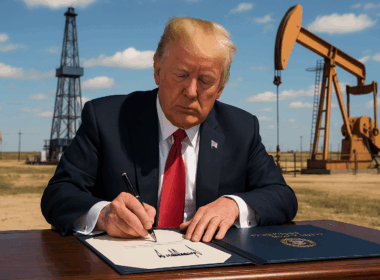




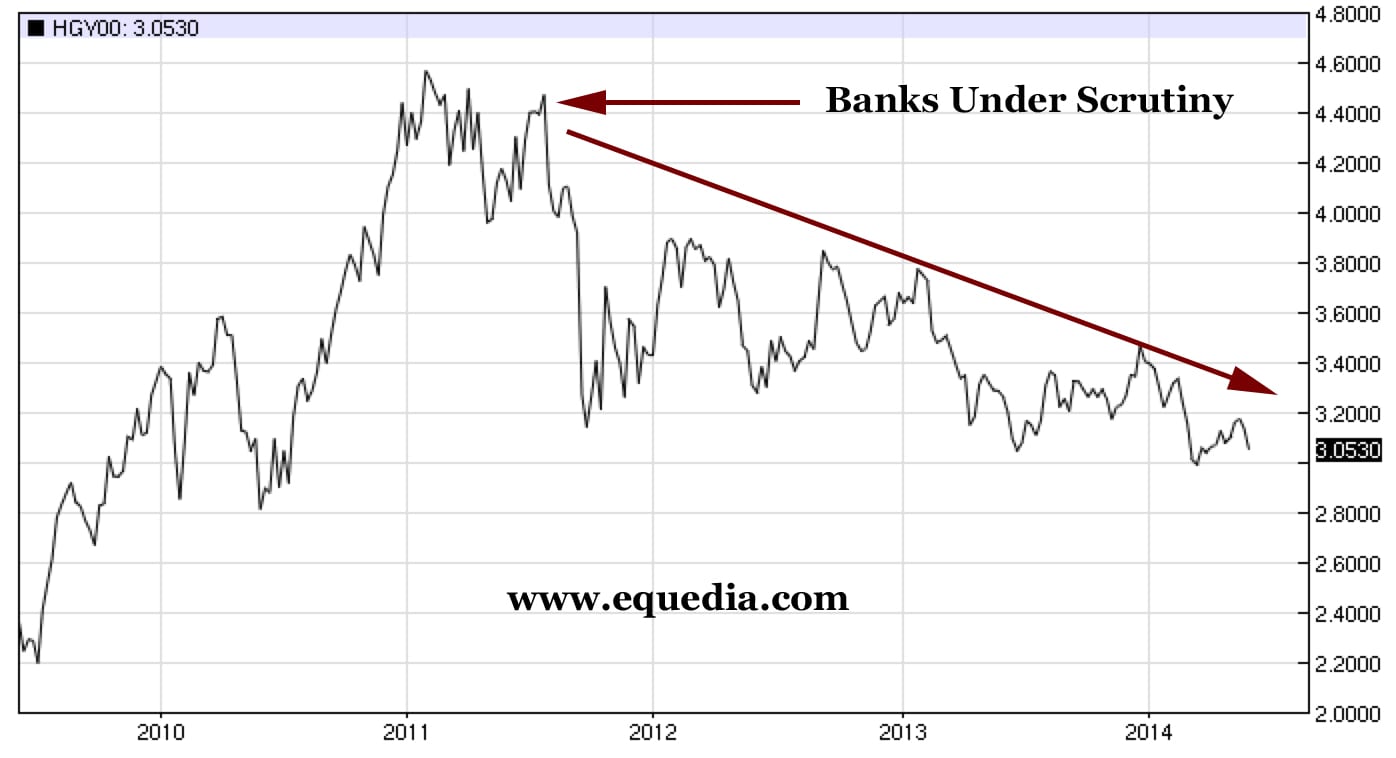
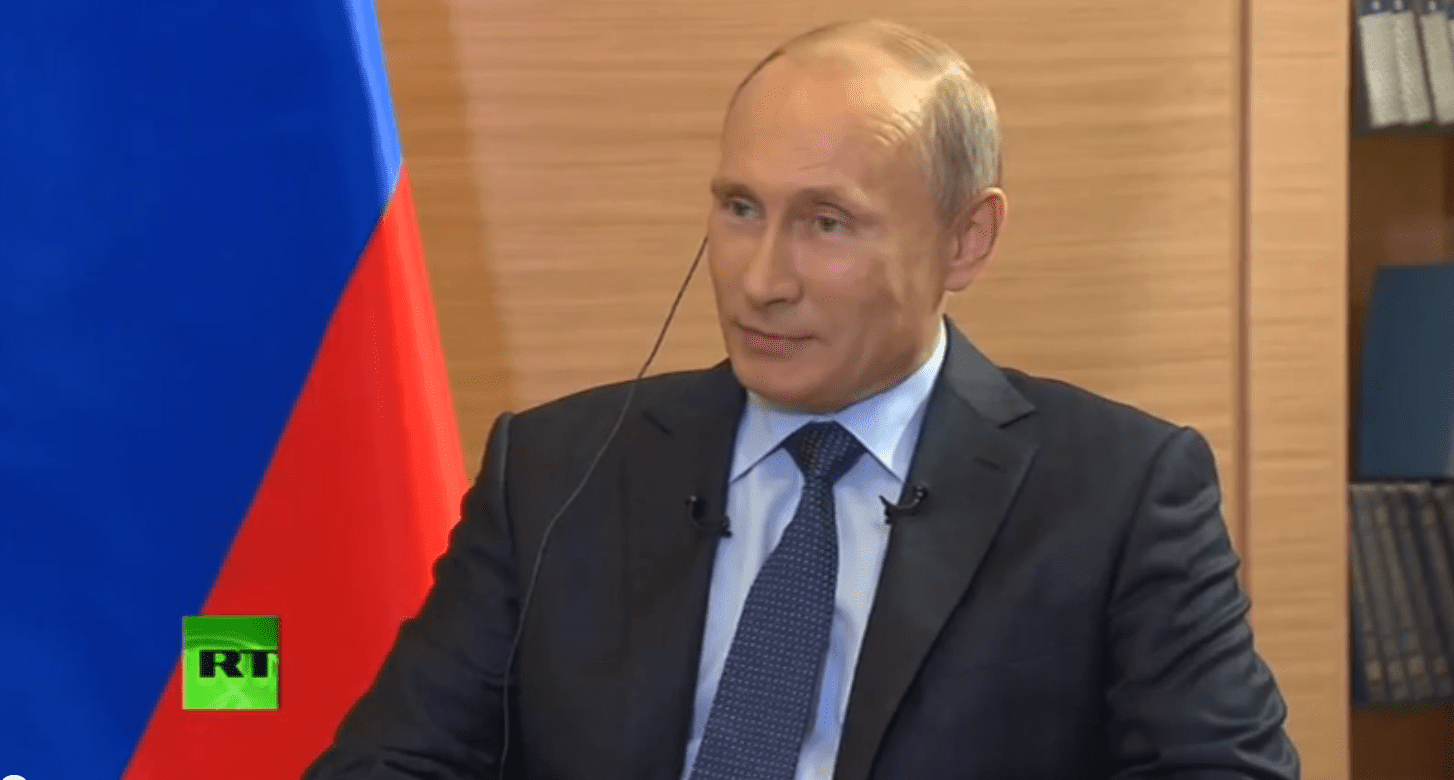
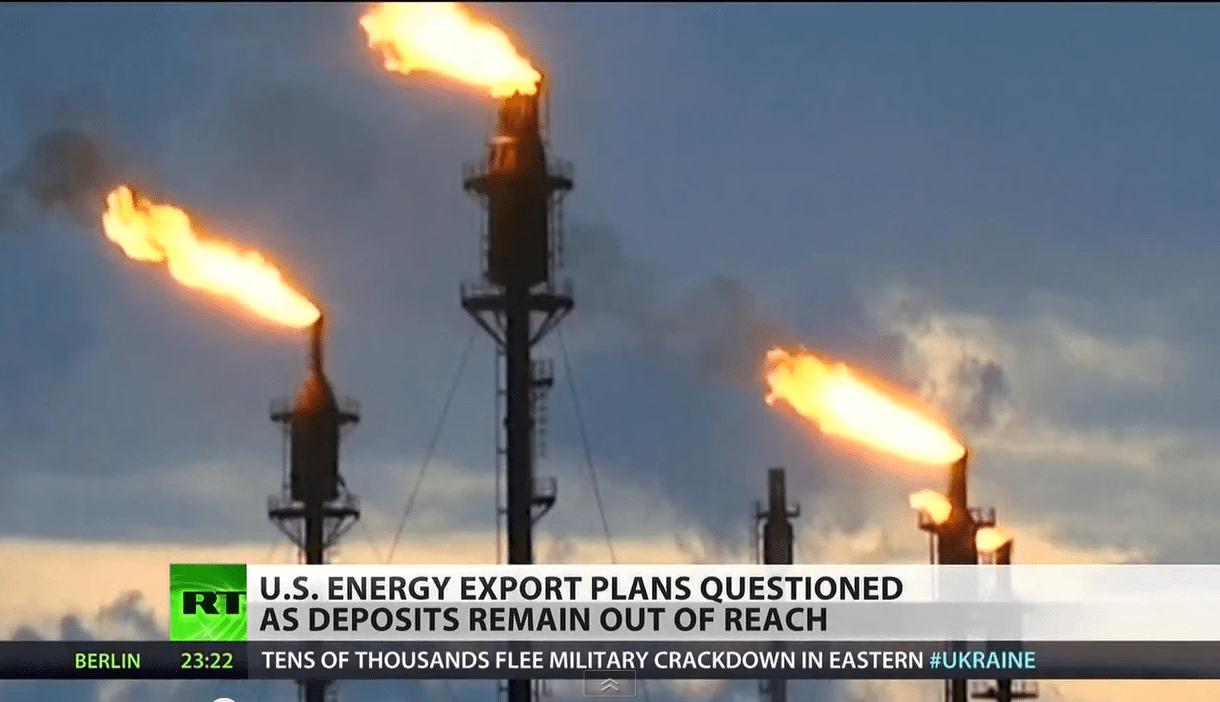
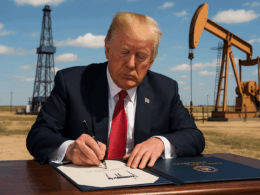



The big story here is the shadow banking system that operates on a grand scale not only in China but other Asian countries. Given the high interest rates it makes no sense to borrow in the majority of cases from the shadow bankers. It makes absolutely no sense to borrow against copper and aluminum that are not rapidly going up in price. Regardless of whether the underlying commodity is in the warehouse these loans will fail and the bankers will at the very least take a partial loss on their loans. The negative for commodities will be when these loans inevitably fail and the repossession of the collateral. It is the ramp up of this repossession cycle that has triggered an audit of the port. The shadow banking system is funded by the middle class who have suffered large losses on real estate and now will suffer large losses on their lending portfolios. A double whammy for commodities. Once real estate and debt instruments are deemed not viable the only investment vehicle for middle class Asians left standing is gold. This story is much bigger than China.
The gigs just about up for the scam artists at jp morgan and goldman sachs ! The gold and silver manipulation scheme that has been going on for decades is very close to finally unraveling on them big time and when the wheels do finally come off jp morgans apple cart it should be a bankrupting event for more than one of the bullion banks involved in the scam ! It will send shock waves thru the markets and will make Madoff look like a straight shooter and a stand up guy ! Gold and silver prices will jump by 60 to 150 % in a matter of hours and anyone who bought and held gold and silver in reasonably significant quantities will become millionares practically overnight ! This event cant happen soon enough in my humble opinion ! Gold 5000.00 Silver 300.00 per ounce !
The banks have been doing this so long…what makes u think anything is going to change?
Kelly, if nothing changes, we the little guys will be badly hurt.
dont be fooled…JPM has been loading up on the physical . they will make money again! when gold and silver explode, i agree, JPM and GS will be long!
Ivan, this story sounds familiar to the not too long ago financial crisis due to Real Estate based Bonds where the real estate became hard to trace. This created world financial crises tat resulted in bank failures everywhere except Canada and some others. So who is to blame? IMHO, the governments that allow a commodity or a collateral such as real estate and loaning stocks by banks /brokerage houses to make money by allowing people to short stocks. And who gave them the authority to do so? Perhaps fine prints. My solution to such scandals is: DO NOT ALLOW RE-HYPOTHECATION of ANY Collateral. Breaking these rules should be subject to the strictest punishment. Not introducing this solution means Bailouts Round 2.
IS ANYONE LISTENING? Don’t lend something you don’t OWN.
if all this copper and gold is not where it is supposed to be and if and when the full tallies are made and the shortages are known would not both metals be worth a lot more? the losers are the speculators that lied about the collateral and had their properties fore closed on. thank you r.w. taylor
yes, in fact the Chinese are responsible..why? b/c they know the game that JPM has played for years and why fight it? when u can join in and capitalize! in fact …they probably have cut in on JPM’s turf but since china holds out treasury bonds, they can not be stopped from pushing gold and silver down..or else they will crush the dollar by selling treasuries!
Re-hypothecation CREATES 2X -10X the ACTUAL physical supply ! ! ! !That is what they are doing with gold/silver to keep the price DOWN ! ! !
Wall Street is based on fictious hope that everyone-else is functioning with proper-intent.
This is based on British political believes on the harmony of the banking systems (FED)
Human nature : (Ego program)
By now one would think that we would know much about the Self-Ego. Since we have not the continuation of Over-Leverage of assets will continue, thus leading to another TOO BIG TO FAIL as hyphotication of assets corporations do not own are for ever in circulation. (e.g. 1930…)
There is only one solution for this…..
Current systems of goverment lack the vision and the wisdom to fore-see a society that is unified in true Democracy and Freedom.. Whole governing systems need to be revamped more towards its own purpose being the well being of society in general versus the well being of just a few.
The believe that 3% of the population can govern the rest is mystified.
A new Education system to overpower the Self-Ego program is required to initialize the population in the believe that we all have a responsibility towards one another.
For the believe of being an Earth Citizen will prevent the current enslavement and allow Evolution to progress.
If there was an institution that collects ideias from citizens , the overseeing powers manageing the population would soon find out , that todays Intellectualities are far ahead of what the current 3% control thinks it to be..
Wall Street is very much manipulated by a few. Metals; diamonds: banking ; even agriculture are well controlled and manipulated.
Metals have done poorly in past year thus the metals turn to move now seems logical if the heavy money moves in.
So, keep an eye on volume on your portfolio.
If there is a move up then expect correction on Sept., Oct…
90% of the times most money is made between Nov to May…However the usual swing to Sept, seems to be natural habit as money never stays still….
It used to be Gold, then came the derivatives: paper money “some call ’em “currencies, fiat”, and now electronic to rob quicker or shut U off whenever needed. Agree with Ian Rand :”Those pieces of paper, which should have been gold.” Ironically, separation between poor and rich had worked in the Israel Grand Experiment Model and now it already started in the US (Sand Springs-GA).
Appologize for name typo: Ayn Rand
the markets reaction to such a scam would be very punishing,but soon,Central Banks will make soothing statements and promises,and the markets will recover and move ahead just like they have been doing since 2009.The bigger question here is:what about the weapons on mass destruction—the Collateral Default Swaps.So what would happen if somebody, could not swap something, to somebody else, and so on.What would happen if you had not one AIG who couldn’t cover the bad bets,but 25 other Mega Banks/insurance companies that couldn’t cover the bad bets either.Put that in the pipe for a smoke.Now, how could the Central Banks cover-up this potential mega-massive scam??how many trillions are represented by these swaps??who knows??
Several gossips such as ” the U.S gold treasury in Fort knox is really empty and the government is just pretending to be having gold there ” exist and the worst part is that the money got from this gold illusion there, is currently walking as arms and ammunition’s around the bloody wars around the world killing thousands of innocent life…how could the presidents of U.S be shameless of such terrible accusations, which were made on them and their people..what are those ordinary citizens of such arrogant countries are going to make up for the guilt,which is going to haunt their children for the centuries to come.